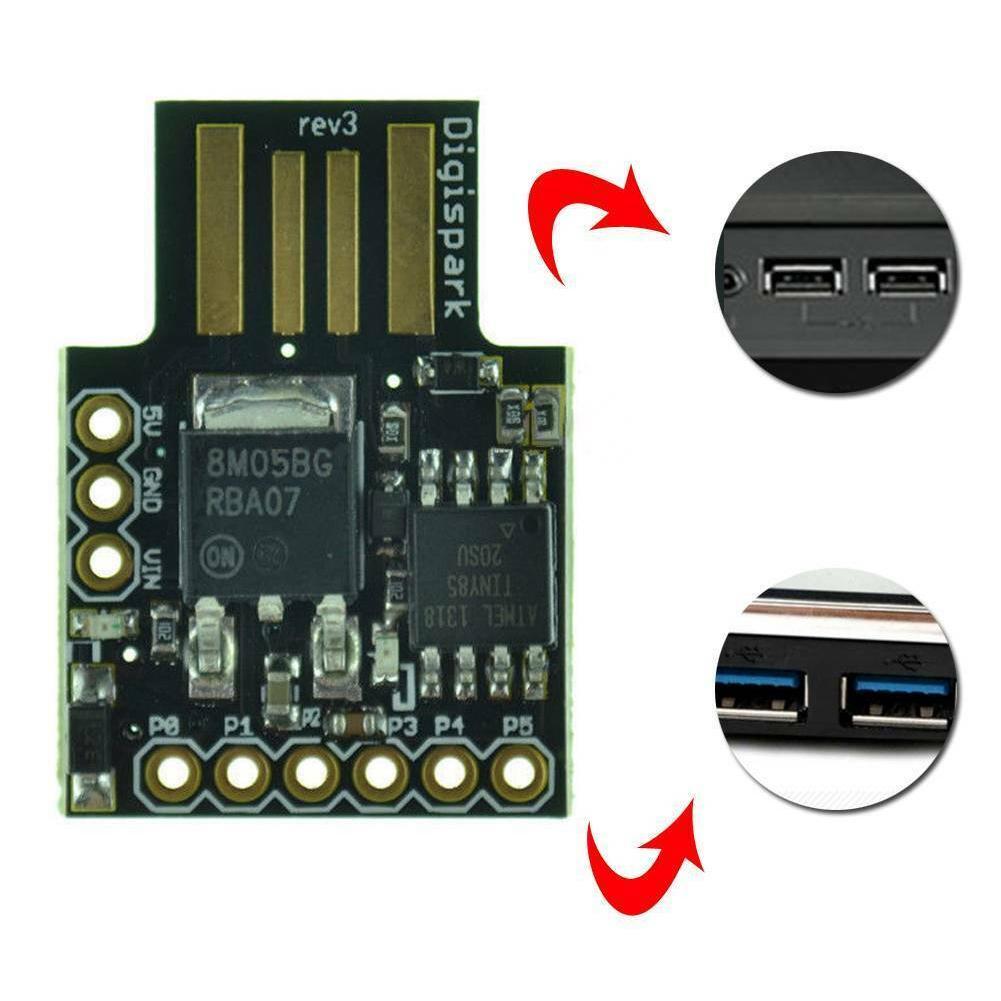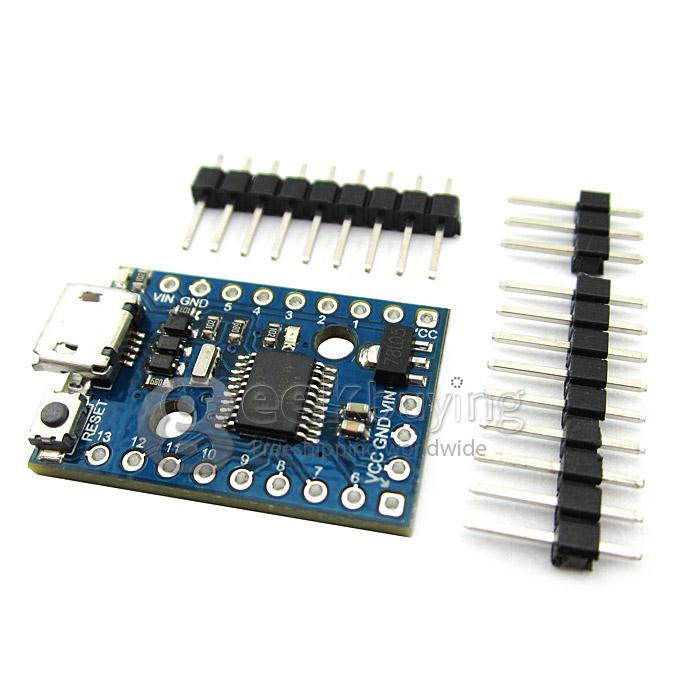

#Attiny usi uart serial
This starts serial communication, so that the Arduino can send out commands through the USB connection. In the Arduino Diecimila they are connected to the corresponding pins of the FTDI USB to Serial Chip.īegin(9600)’. The TX (for transmission) and the RX (for receiving). What is the use for the 2 serial pins on the Arduino Diecimila? Explanation: There are two pins for sending and receiving the Serial TTL Signals. What is the use for the 2 serial pins on the Arduino? Note that these metrics are referenced to the server being monitored Transmit FROM this server, and Receive TO this server. TX and RX are abbreviations for Transmit and Receive, respectively. The devices communicating operate under an established protocol that includes the number of data bits, bits per second (bps), and parity.
#Attiny usi uart software
Instead of a clock signal, the transmitter generates a bitstream based on its clock signal while the receiver is using its internal clock signal to sample the incoming data.Ī software universal asynchronous receiver and transmitter (UART) provides the flexibility of asynchronous serial communication between devices with minimal external hardware. The UART interface does not use a clock signal to synchronize the transmitter and receiver devices it transmits data asynchronously. However there are times when you might want the internal oscillator more finely tuned. External crystal oscillators are more accurate, but require two pins. The CPU is based on RISC architecture and is mainly called low power controller that stands fit for the real-time applications that can operate on minimum power.ĪTtiny microprocessors can use an internal RC oscillator or an external crystal oscillator. UART, which stands for Universal Asynchronous Reception and Transmission, is a simple serial communication protocol that allows the host (Arduino) to communicate with serial devices.ĪTtiny85 is an 8-bit AVR microcontroller that comes with 8-pin interface and mainly used in automation and Arduino projects. #define USI_COUNTER_SEED_RECEIVE (16 - 8)īoth of these should be large enough for the ISR to execute completely before the next ISRĩ600 baud means a bit width of 104.17us, while TIMERn_SEED is 152 which is 152us, which is way too bad.To use them to communicate with an external TTL serial device, connect the TX pin to your device’s RX pin, the RX to your device’s TX pin, and the ground of your Mega to your device’s ground. #define USI_COUNTER_SEED_RECEIVE (USI_COUNTER_MAX_COUNT - DATA_BITS)

#define INITIAL_TIMERn_SEED ( 256 - (( (SYSTEM_CLOCK / BAUDRATE) / TIMER_PRESCALER ) * 3/2) ) This is false, so we go to the #else #else #define INTERRUPT_STARTUP_DELAY (0x11 / TIMER_PRESCALER) This calculates to 152 #if ( (( (SYSTEM_CLOCK / BAUDRATE) / TIMER_PRESCALER ) * 3/2) > (256 - INTERRUPT_STARTUP_DELAY) ) Going through step by step for 9600 baud (I'm kind of interested myself so I'll go through it with you) #define TIMERn_SEED (256 - ( (SYSTEM_CLOCK / BAUDRATE) / TIMER_PRESCALER ))

On an ATmega (I know we are using ATtiny), you can probably achieve 2400, 4800, and 9600 baud (I'm looking at the table inside the datasheet for an ATmega328P, 9600 requires the 2X speed bit to be set as well). To be fair, 1 MHz is not exactly a UART friendly clock speed to begin with, and it is already super slow.
#Attiny usi uart full
You need to compare what the full bit width should be with the one calculated by the preprocessor. There are two values, one for half of a bit and one for one full bit width.

If the timer value is large enough, then the second problem is accuracy. If the final calculated timer value is too low, then the ISR may not execute fast enough So if you really want to know, you need to go through the #define preprocessor calculations by hand. Right, this is a complicated calculation, you can't see it immediately.
#Attiny usi uart how to
From a quick look at the usi-uart-config.h I can't immediately see how to know if it would work on an Attiny45 at 1MHz?


 0 kommentar(er)
0 kommentar(er)
